A governança de TI é um recurso corporativo fundamental para garantir uma gestão de excelência no setor de tecnologia de sua empresa. A partir dela, é possível garantir a segurança e acionar mecanismos de controle em relação a todos os dados da empresa, otimizando os fluxos operacionais e melhorando o processo de tomada de decisão por parte dos gestores.
Você já é familiarizado com o conceito de governança de TI em uma empresa? Nos tópicos abaixo, apresentaremos em maiores detalhes tudo o que você precisa saber sobre os fundamentos desta ferramenta de gestão e sobre como ela pode trazer resultados ainda melhores para o desempenho da sua corporação. Acompanhe a leitura!
O conceito de Governança de TI
A Governança de TI consiste no sistema de processos, estruturas e mecanismos implementados para garantir que a Tecnologia da Informação suporte e impulsione os objetivos estratégicos da organização. Em essência, ela define quem decide o quê, como as decisões são tomadas e como o desempenho da TI é monitorado e avaliado.
Seus principais objetivos incluem assegurar o alinhamento estratégico de TI com os negócios, otimizar a entrega de valor através da tecnologia e mitigar riscos, tudo isso em consonância com o planejamento estratégico da empresa, garantindo que os investimentos em TI tragam resultados tangíveis e contribuam para o sucesso organizacional.
Inovação e competitividade
A implantação dos recursos administrativos representados pela governança de TI tem a capacidade de transformar o seu negócio através do setor de tecnologia, fazendo com que o conceito de inovação esteja sempre presente dentro da empresa.
Neste sentido, a área de TI, quando bem alinhada com os propósitos e metas da corporação, passa a funcionar como uma parceira estratégica da gestão, o que faz com que os níveis de produtividade e competitividade sejam impulsionados.
Traçando estratégias de qualidade
Com o objetivo de obter a melhor qualidade possível, não somente na área de tecnologia, mas em toda a cadeia produtiva da corporação, a governança em TI traça estratégias para otimizar o aspecto organizacional da empresa.
Um setor de tecnologia sem um planejamento consolidado, pode gerar uma série de problemas, como eventuais defeitos em dispositivos digitais e infraestrutura de informática e a quebra de sigilo dos dados, comprometendo a confidencialidade das informações da empresa e até mesmo causando prejuízos financeiros para a corporação.
A aplicação da governança de TI, no entanto, faz com que a probabilidade de erros e incidentes diminua, uma vez que a partir dela são desenvolvidas metas de segurança e controle em relação ao setor da tecnologia, o qual é cada vez mais essencial para todo e qualquer empreendimento.
Diferença entre Governança e Gestão de TI
Embora interligadas, Governança de TI e Gestão de TI desempenham papéis distintos. A Governança estabelece a direção e garante o cumprimento dos objetivos estratégicos relacionados à TI, definindo políticas, responsabilidades e processos de tomada de decisão.
Por outro lado, a Gestão de TI se concentra na execução dessas decisões, no gerenciamento dos recursos de TI (infraestrutura, aplicações, dados e pessoas) e na entrega dos serviços de tecnologia de forma eficiente e eficaz. Em outras palavras, a governança define o “o quê” e o “porquê”, enquanto a gestão cuida do “como” e do “quando”.
Principais pilares da Governança de TI
A efetiva Governança de TI se sustenta em pilares fundamentais, como o alinhamento estratégico de TI, que assegura que as iniciativas tecnológicas estejam em sintonia com os objetivos de negócio. A entrega de valor foca em garantir que os investimentos em TI gerem benefícios tangíveis para a organização. A gestão de recursos otimiza a utilização dos ativos de TI, sejam eles financeiros, humanos ou tecnológicos. A gestão de riscos de TI envolve a identificação, avaliação e mitigação de ameaças e vulnerabilidades que possam impactar os ativos de informação e os processos de negócio. Por fim, a avaliação de desempenho monitora e mede o desempenho da TI em relação aos objetivos estabelecidos, permitindo ajustes e melhorias contínuas.
Frameworks como ITIL e COBIT oferecem diretrizes e melhores práticas para a implementação eficaz desses pilares, enquanto normas como as da ISO auxiliam na garantia da segurança da informação e do compliance de TI. A governança corporativa de TI integra esses pilares à estrutura mais ampla de governança da organização, e é importante considerar como tendências como a IA e governança de TI podem impactar cada um desses aspectos.
Boas práticas e o futuro da Governança em TI
Para que a governança em TI cumpra seu papel de forma eficiente, é essencial adotar um conjunto de práticas que garantam a padronização dos processos de TI e a integração entre tecnologia e estratégia empresarial. Empresas que seguem boas práticas consolidadas conseguem reduzir falhas operacionais, fortalecer a segurança da informação e otimizar a gestão de riscos.
O principal foco da governança em TI é alinhar a tecnologia aos objetivos estratégicos da empresa, garantindo que investimentos na área tragam resultados concretos. Seu principal objetivo é aumentar a eficiência operacional, promover a inovação e oferecer suporte à tomada de decisão com base em dados confiáveis.
Com a crescente transformação digital, a tecnologia da informação se torna cada vez mais estratégica para os negócios. A adoção de mecanismos de controle permite que a empresa monitore suas operações com maior precisão, garantindo a confiabilidade dos dados e facilitando a gestão. Além disso, a implementação do TI COBIT pode ser uma abordagem eficaz para aprimorar os processos e garantir a conformidade com padrões globais.
Os benefícios da governança em TI vão além da eficiência operacional e da redução de custos. Ela também contribui para a proteção de dados, assegurando que a empresa esteja preparada para enfrentar desafios relacionados à segurança digital. Além disso, o avanço da inteligência artificial vem potencializando a gestão de TI, proporcionando automação de processos e maior eficiência na alocação de recursos.
Outro fator essencial para o sucesso da governança em TI é a valorização das soft skills na equipe de tecnologia. Habilidades como comunicação, resolução de problemas e pensamento estratégico são fundamentais para garantir que a governança seja implementada de forma eficaz e alinhada às necessidades do negócio.
Por fim, garantir a segurança e a inovação por meio da governança estruturada é essencial para qualquer empresa que deseja manter sua competitividade no mercado. Com políticas bem definidas e um conjunto de práticas bem estruturado, é possível maximizar os resultados e garantir que a tecnologia trabalhe a favor do crescimento sustentável da organização.
Gostou do conteúdo? Continue lendo outros posts sobre assuntos relacionados em nosso blog. Entenda como a 4MATT pode apoiar sua empresa a manter a conformidade e o compliance com a governança de TI, fale com um especialista.



